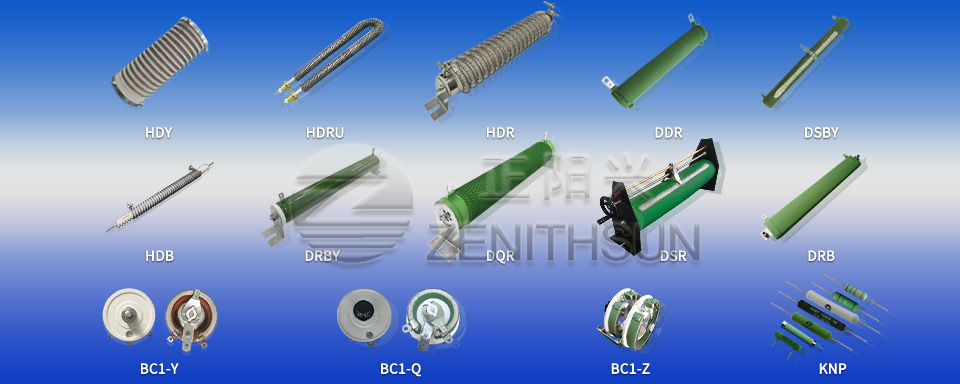Braking resistors are introduced into the motor control system to prevent hardware damage and/or nuisance failures in the VFD. They are necessary because in some operations the motor controlled by the VFD acts as a generator and power flows to the VFD rather than to the motor. The motor will act as a generator whenever there is an overhaul load (e.g., when gravity tries to maintain a steady speed while accelerating the elevator on a descent) or when the drive is used to slow the motor down. This will cause the DC bus voltage of the drive to rise, which will result in an overvoltage failure of the drive if the energy generated is not dissipated.
(Aluminum Braking Reisistor)
There are several basic ways to handle the energy generated by the motor. First, the drive itself will have capacitors that absorb some of the energy for a short period of time. This is usually the case when there is no overhaul load and rapid deceleration is not required. If the energy generated in some part of the duty cycle is too large for the drive alone, a braking resistor can be introduced. The braking resistor will dissipate the excess energy by converting it to heat on the resistive element.
(Wirewound Braking Resistor)
Finally, if the regenerative energy from the motor is continuous or has a high duty cycle, it may be more beneficial to use a regenerative unit rather than a braking resistor. This still protects the VFD from hardware damage and nasty malfunctions, but allows the user to capture and reuse the electrical energy instead of dissipating it as heat.








